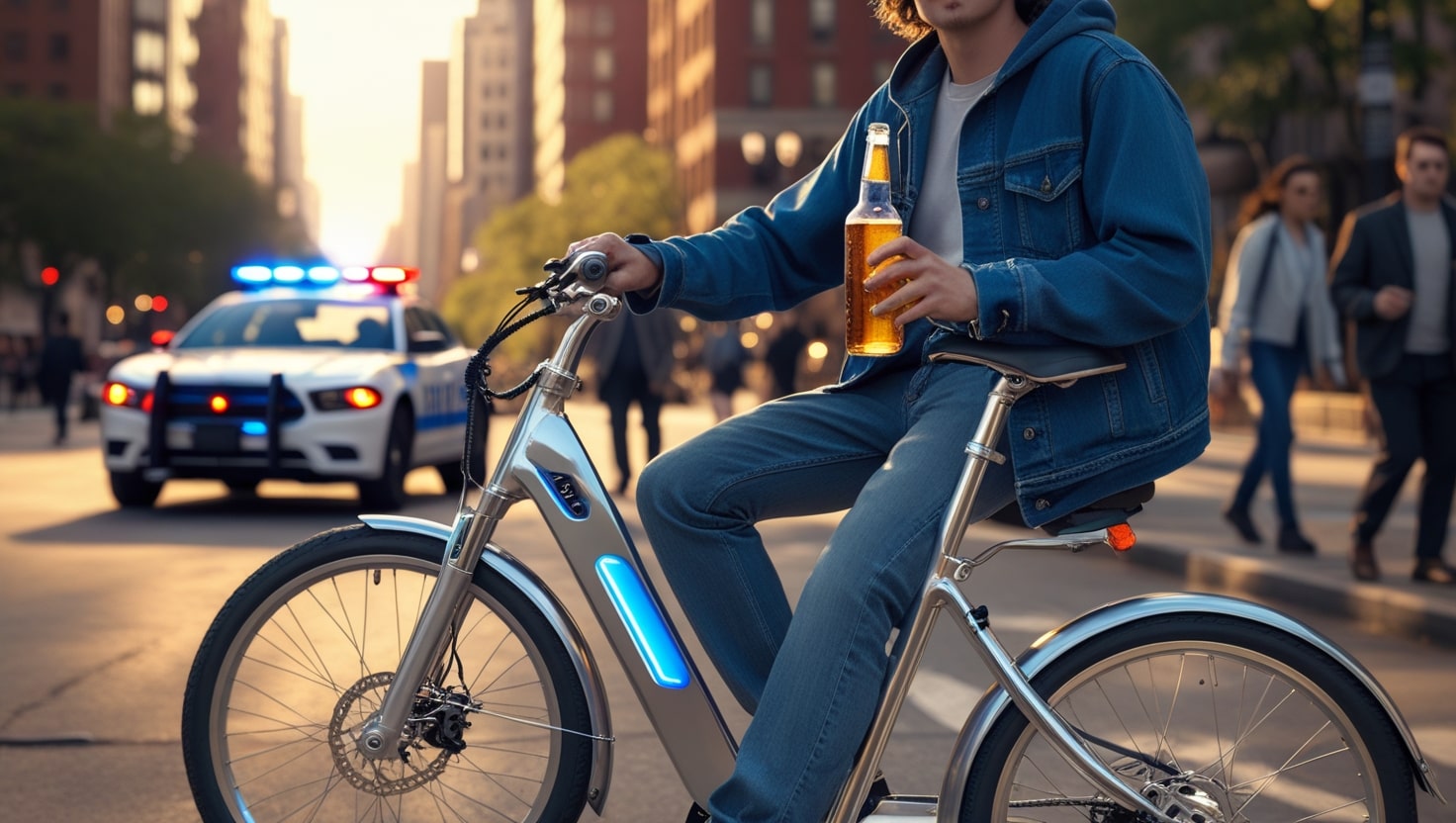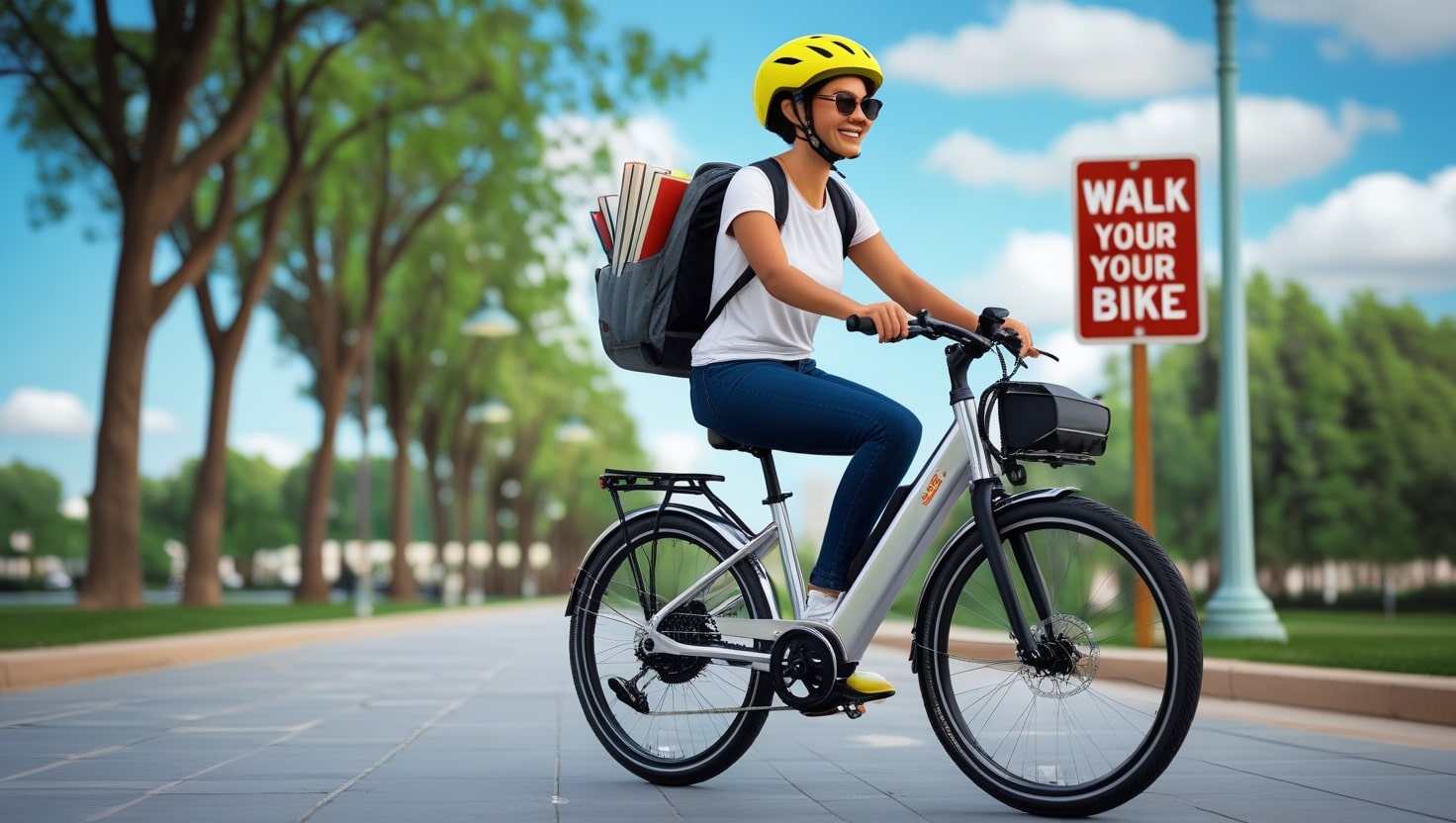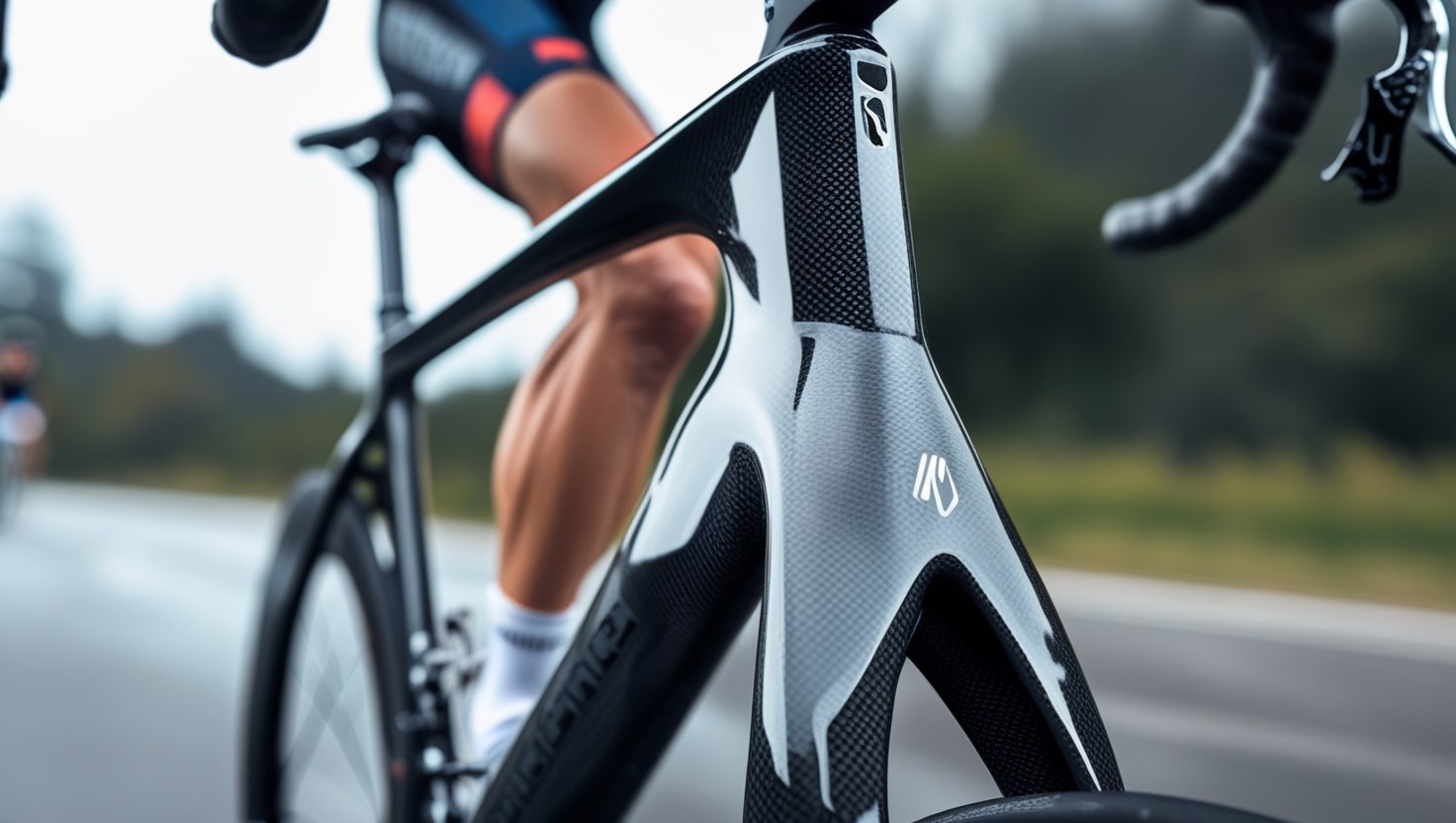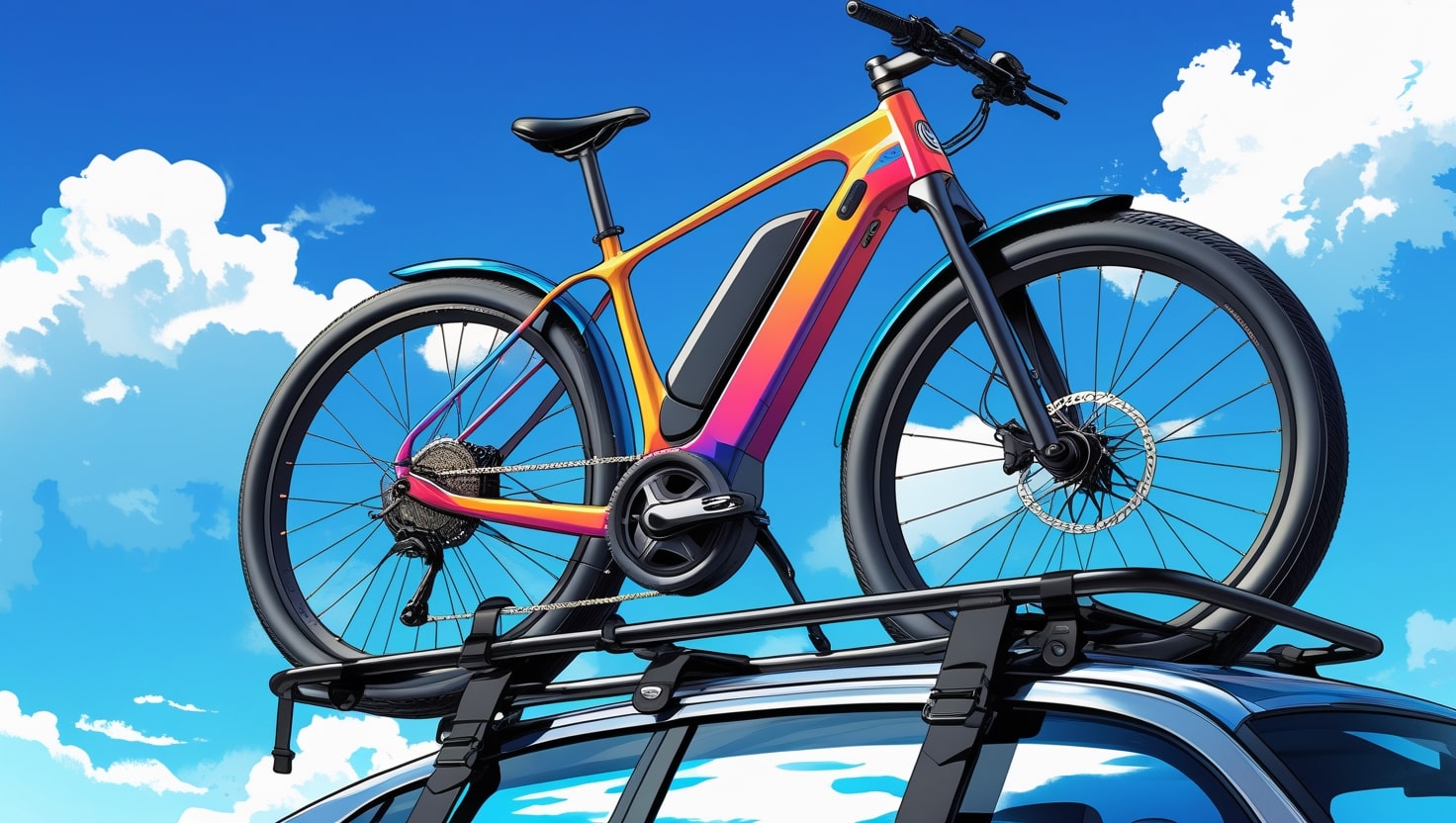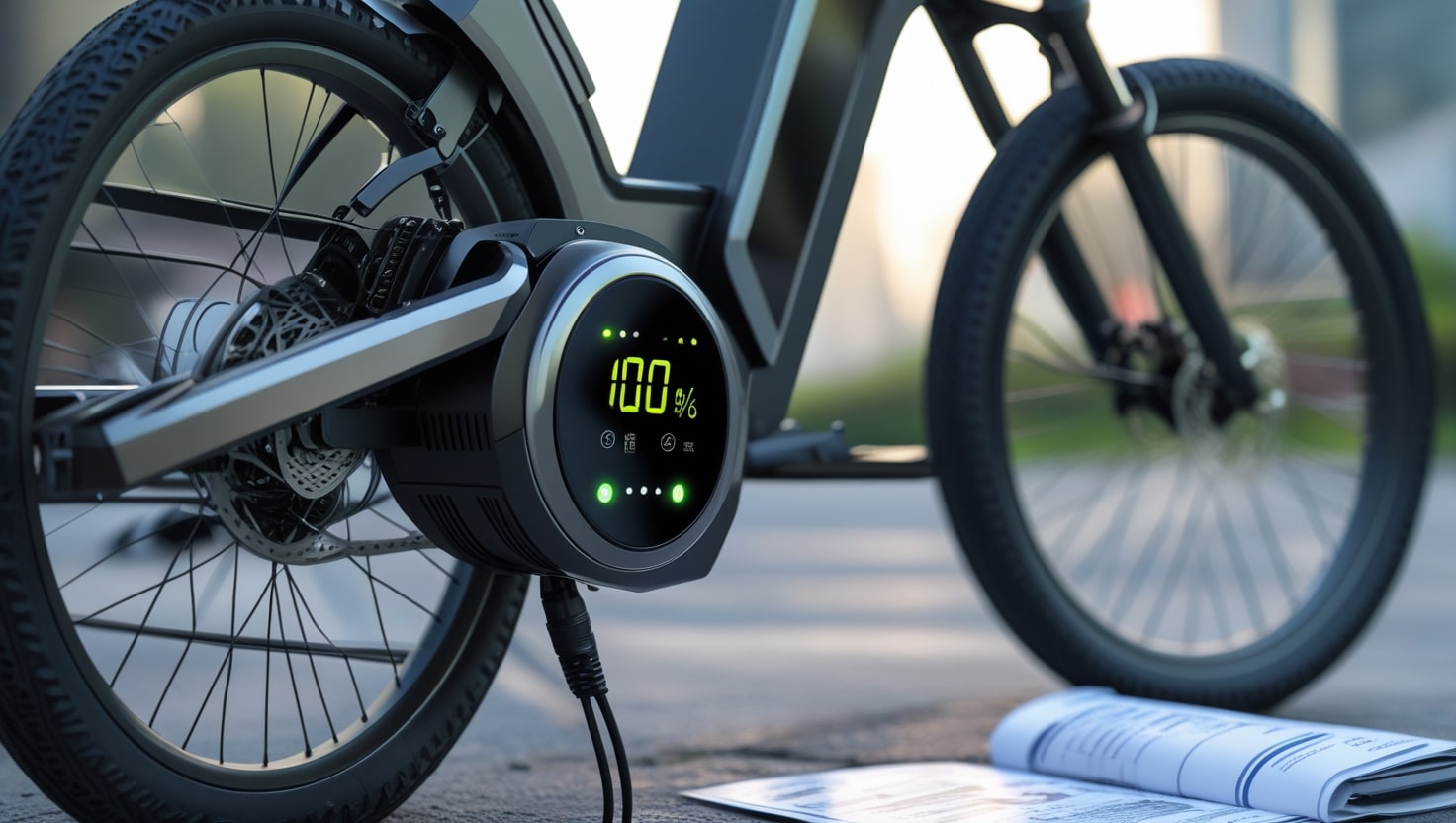E-bikes have gained popularity as a cost-effective and environmentally friendly form of transportation in recent years. However, one feature commonly found on these electric bikes is the speed limiter, a built-in mechanism designed to cap the maximum speed of the bike. This is often implemented to comply with local regulations and ensure the rider’s safety. Despite its purpose, there are some riders who wonder how to remove ebike speed limiter to push the limits of their bike’s performance.
The question of whether it’s possible or legal to remove or bypass the speed limiter has sparked significant debate among the cycling community. While some seek to remove these restrictions to increase their e-bike’s speed and push its boundaries, others remain cautious about the legal implications. Removing the speed limiter is more complex than it seems on the surface, and it’s important to consider the impact it might have on user experience, safety, and compliance with local regulations.
Understanding Speed Limiters on Electric Bikes
Speed limiters on e-bikes are essential devices that restrict the top speed of the bike, ensuring it complies with legal requirements across different regions. For instance, the maximum speed permitted for e-bikes in the European Union is often set at 25 km/h (15.5 mph), but depending on the bike’s class, it can reach up to 28 mph (45 km/h) in the US. These limiters are often controlled by software that manages the motor’s output, but some use physical mechanisms that limit the bike’s power.
The main benefits of speed limiters include enhanced safety by reducing the risk of accidents at high speeds and ensuring compliance with local traffic laws. This helps to avoid fines and legal issues.
Knowing how electric motorcycles are categorized is crucial to comprehending their speed limits:
Class 1 E-bike: Pedal-assist bike that can reach up to 20 mph.
Class 2 E-bike: Throttle-assist bike that also caps at 20 mph.
Class 3 E-bike: Pedal-assist bike that can go up to 28 mph, often referred to as speed pedelecs.
Regardless of type or class, e-bikes are designed to prioritize speed limits, rider safety, and regulatory compliance.
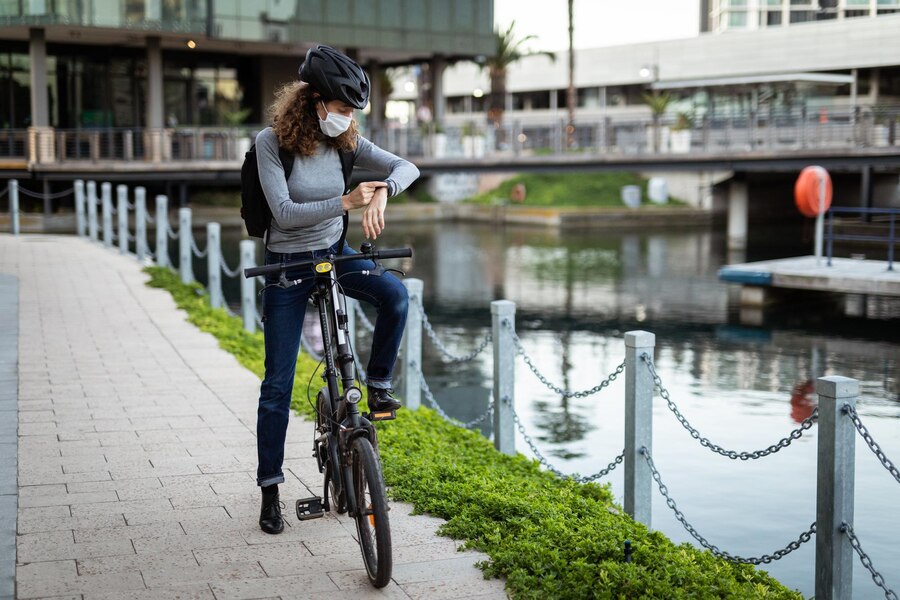
Reasons for Removing Speed Limiters
E-bike enthusiasts often seek to remove speed limiters for several reasons. A powerful motivator is the desire for better performance and faster speeds, particularly for riders on private property or in places with laxer speed limits. Many riders also do it out of personal preference, aiming for an enhanced riding experience. The thrill of faster speeds and the freedom to push the limits of their e-bike makes it an appealing choice for some.
How to Remove eBike Speed Limiter
When considering how to remove ebike speed limiter, it’s important to understand the risks involved. Removing the speed limitation raises the possibility of accidents, violates local laws, and voids warranties. However, some riders still choose to proceed due to the benefits of enhanced performance, though there are also potential drawbacks to consider.
Before starting the process, ensure that your bike is powered off and the battery is unplugged to avoid any electrical issues. The next step is to locate the controller box, which is usually found at the bottom or near the battery. You’ll need appropriate tools to unscrew and open the casing of the controller, which could be either a part of the controller or a separate device. In some cases, there might be wires connected to the controller that you will need to disconnect, following the circuit diagram for guidance if available.
If the speed limiter is software-controlled, you might need specific programming equipment or software to reconfigure or update the firmware. You can access these settings through the display panel on the bike, where speed adjustments may be made, depending on the eBike model. Some bikes also allow you to make speed adjustments directly through the onboard settings.
For bikes with a physical speed limiter, you’ll need to locate and disconnect the wires connected to the speed sensor. Be sure to label the wires so you can restore them if needed. In some cases, you may need to cut a specific wire or change the position of a connector. After making all necessary adjustments, reconnect all components, ensuring they are secure. Finally, conduct a test ride in a controlled environment to verify that the limiter has been successfully removed, gradually increasing speed to confirm the changes.
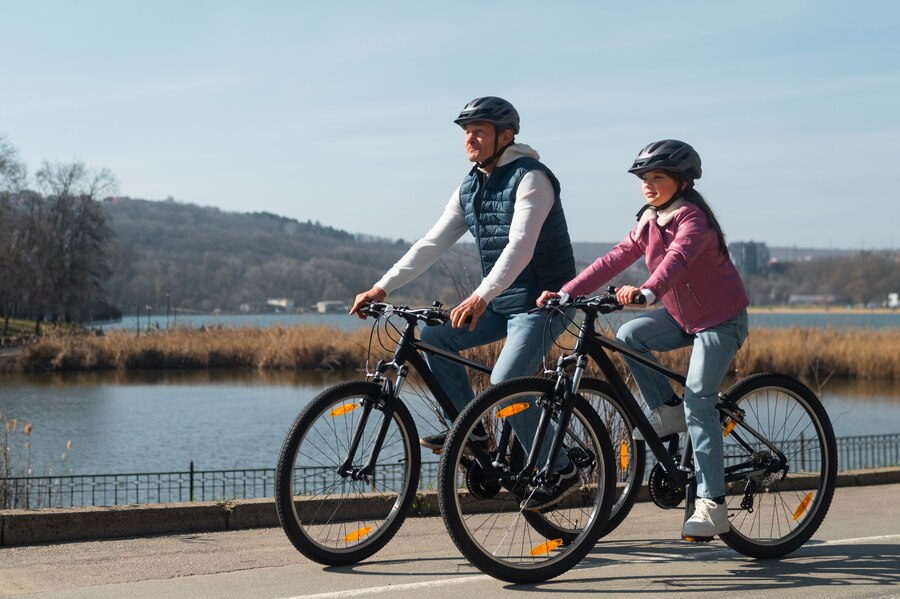
Current Legal Speed Limits for Electric Bicycle
Legal speed limits for electric bikes depend on your jurisdiction. In the United States, federal regulations state that ebikes are considered bicycles if they have a maximum speed of 20 mph when operated under motor power alone and a motor of less than 750 watts. These rules apply across many states, but local laws can introduce variations. For example, California allows Class 3 ebikes to reach 28 mph, but they must stay off bike paths and only operate in on-street bike lanes.
In places like New York, electric bikes can reach 20 mph for Class 1 and Class 2, and 28 mph for Class 3. Similarly, Florida follows federal regulations, allowing ebikes to operate at 20 mph. Since each state has its own set of rules for where and how ebikes can be used, it’s crucial to understand the local regulations before taking your electric bike on the road.
Why are Electric Bikes Limited to 15 or 20 mph
One of the primary reasons ebikes are limited to speeds of 15 or 20 mph is to ensure safety. High speeds significantly increase the risk of accidents and injuries, particularly in urban areas where there’s heavy pedestrian traffic and complex road networks. Speed limitations are in place to protect other road users, including pedestrians, in addition to riders.
In addition, regulatory bodies impose these speed limits to ensure that electric bicycles do not overwhelm infrastructure or create conflicts with traditional bicycles. The design of bike lanes and pathways often assumes a maximum speed compatible with the speeds typically seen in conventional cycling. Statistics show the hazards of high-speed electric bikes, especially with the growing popularity of ebikes. Recent studies reveal a rise in traffic accidents involving ebikes, with high-speed incidents resulting in more severe injuries compared to traditional bicycles, as highlighted by the National Highway Traffic Safety Administration (NHTSA).

Safety Considerations for Removing a Speed Limiter on Electric Bikes
When thinking about removing your e-bike speed limiter, it’s crucial to consider several safety factors:
Increased risks: Higher speeds reduce reaction time, increase stopping distance, and elevate the likelihood of severe injuries in accidents.
Impact on stability: Higher speeds can affect the stability and handling of your bike, especially if the frame and components aren’t designed for this level of performance.
Protective gear: Always wear appropriate protective gear, including helmets, gloves, and padding, to help mitigate the risks associated with faster speeds.
Safe riding practices: Regularly maintain your e-bike, ride in safe, controlled environments, and be mindful of weather conditions and road surfaces.
Alternatives to Remove Speed Limiter on Electric Bike
If you are looking for ways to enhance your e-bike’s performance without removing the speed limiter, there are a few alternatives.
Upgrading to a Higher-Powered E-Bike: You can invest in an e-bike specifically designed for higher speeds and performance while still staying within legal limits.
Customizing Other Aspects: Enhance aspects like battery capacity, tires, and suspension to improve overall performance without compromising the safety of the bike.
Regulated Events: You can also participate in regulated events such as e-bike races where higher speeds are allowed, providing a safe and legal environment for high-speed riding.
Related: How to Remove Rust from Bike Chain

Conclusion
Knowing the legal ramifications and the technical procedure is crucial when removing the speed restriction from your e-bike. While it can lead to enhanced performance, you must carefully weigh the pros and cons. Always prioritize safety and legal compliance, considering alternatives that can improve your riding experience without compromising on safety. A safer and more pleasurable e-bike experience depends on responsible riding and following local laws. Don’t take the plunge until you’ve fully figured out the consequences of removing the speed limiter.
Related: When to Replace Bike Chain
Related: Georgia Ebike Laws Simplified
FAQs
Can eBikes go faster than 28 mph?
While some e-bikes are capable of reaching speeds of 28 mph, achieving this usually involves modifications that can compromise safety and legality.
Is it legal to remove the speed limiter on an eBike?
Rules for removing the speed limiter vary by location. This may void the warranty and violate local traffic regulations.
Why are speed limits imposed on eBikes?
Speed limits are set primarily to increase safety, reduce the risk of accidents, and ensure that e-bikes fit into existing infrastructure.


